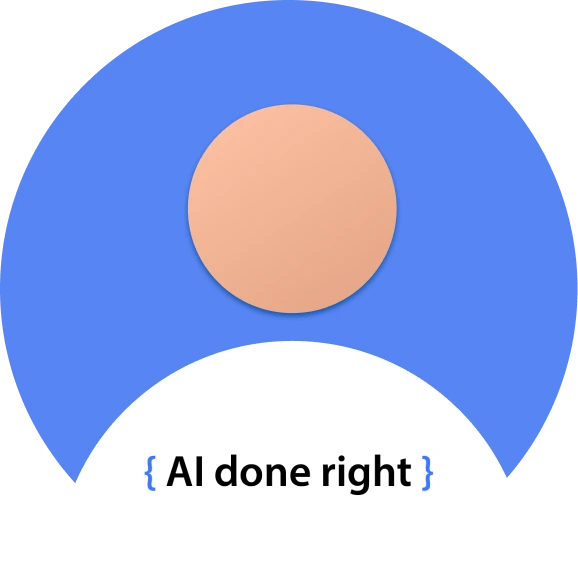|
Blog
Ultimately, the goal of a forward-thinking organization is to deploy software on the cloud. After all, digital transformation requires the cloud, and that opens you to accessing emerging and new technologies, such as machine learning and AI.
However, not every business can develop a cloud-native application from scratch. It may have already invested in legacy applications that, despite being old, are integral to their operations.
But to scale to a large user base and leverage new technologies, they need to migrate that app to the cloud. For such organizations, the other route to the cloud is software modernization (also known as application migration and modernization).
What is Legacy Application Modernization?
A simple definition of application modernization would be to make the necessary changes to a legacy application so that it follows as many of the 12 Factor Rules. The 12 Factor Rules are a set of requirements your application needs to follow for it to be cloud-native.
In general, the more of those rules your legacy application is breaking, then the more difficult it will be to migrate it to the cloud. Likewise, the closer the application is to those rules, the fewer the changes you’ll need to make. It’ll generally be a candidate for application modernization services.
By modernizing your application, you can take advantage of some benefits of the cloud in short order. For example, you can start deploying new features to your applications that you couldn’t by keeping your application on-premise. You can also eliminate security and compliance risks by leveraging the cloud provider’s infrastructure instead of out-of-date on-premises systems.
See What Application Modernization
Option Fits With Your Needs
How to Modernize Legacy Applications
As we took a look in our earlier blog post, you can make those changes in different ways, such as encapsulating, re-platforming, re-factor, or re-architecting. You can find full details for each in the post.
In situations where your application isn’t close to following the 12 Factor Rules, then you can look at deploying it as-is through Docker.
What is a Mainframe Application Modernization?
Many legacy applications rely on mainframes and obsolete technologies, e.g., COBOL and z/OS. However, even if you have a mainframe environment, you can still leverage the cloud,
but through a VPN (that connects to the mainframe).
You can eventually replace the mainframe by converting the core legacy applications to a modern framework, like object-oriented Java), like The New York Times did recently.
Basically, mainframe modernization involves putting a proxy between the mainframe and the cloud. You then gradually let the proxy take on more of the work and, in turn, rely less on the mainframe. You’ll reduce your reliance on the mainframe to the point you no longer need it.
New Development or Legacy Software Modernization
Either way, the goal is the same.
Ultimately, the final destination of legacy modernization is the same as new development, i.e., to leverage the cloud. But where a fresh development project gets you to the cloud from the start, migration is more of a series of incremental steps.
Organizations that opt for modernizing legacy applications are choosing to get to the cloud slower than those that opt for new development.
In the diagram above, you have an example of an organization starting its modernization work by migrating its most cloud-ready applications first. It’s aiming for ‘quick wins’ by unlocking near-term cost savings opportunities (e.g., by automating the compatible apps).
However, the work of changing legacy code (so that non-cloud-ready applications can run in the cloud) comes later. In tandem, the organization is also changing its internal processes to adjust to its new operating environment (i.e., transition to DevOps).
Once all that infrastructure is in place, it will finally move towards a true cloud-native application built on microservices. Businesses could have many reasons for moving things this slowly.
For example, they’re still trying to amortize or pay-off their previous investments. They could also have a lot of technical debt, which is making implementing changes quickly very difficult.
Their legacy systems may also be integral to their mission-critical operations, and the newer alternatives don’t match their needs. Likewise, the logic in their old code might be necessary, and suitable replacements aren’t yet available.
Finally, the upfront cost of developing a microservices application from scratch is a high-cost and high-complexity undertaking. As a result, some organizations may prefer breaking up the costs via multiple modernization projects instead.
Why Application Modernization is Not the Same as Development
With modernization, you’re basically moving the existing code to the cloud. As we noted earlier, the more that code aligns with the 12 Factor Rules, the easier it is to migrate to the cloud. But if there’s too much obsolete code or technology, you’ll need to re-write — i.e., develop anew.
In many cases, new development can become part of the overall modernization project. As an example, you would reduce reliance on a mainframe system by developing new applications to handle its work. Likewise, to transition to a cloud-native application, you will need to replace the existing software with microservices.
Put Your Software Modernization Plans on the Right Track:
- Strategies to Modernize Legacy Applications
- The Complete Guide to What is Kubernetes
- Microservices: Advantages and Disadvantages
Overall, the first step to a software modernization project is to conduct a thorough audit of your existing application. You need to see how much of it you can move to the cloud, and if need be, what you’ll need to replace or develop from scratch again.
Cut your time-to-market by migrating your application to the cloud within weeks. Get started today by contacting Techolution.
